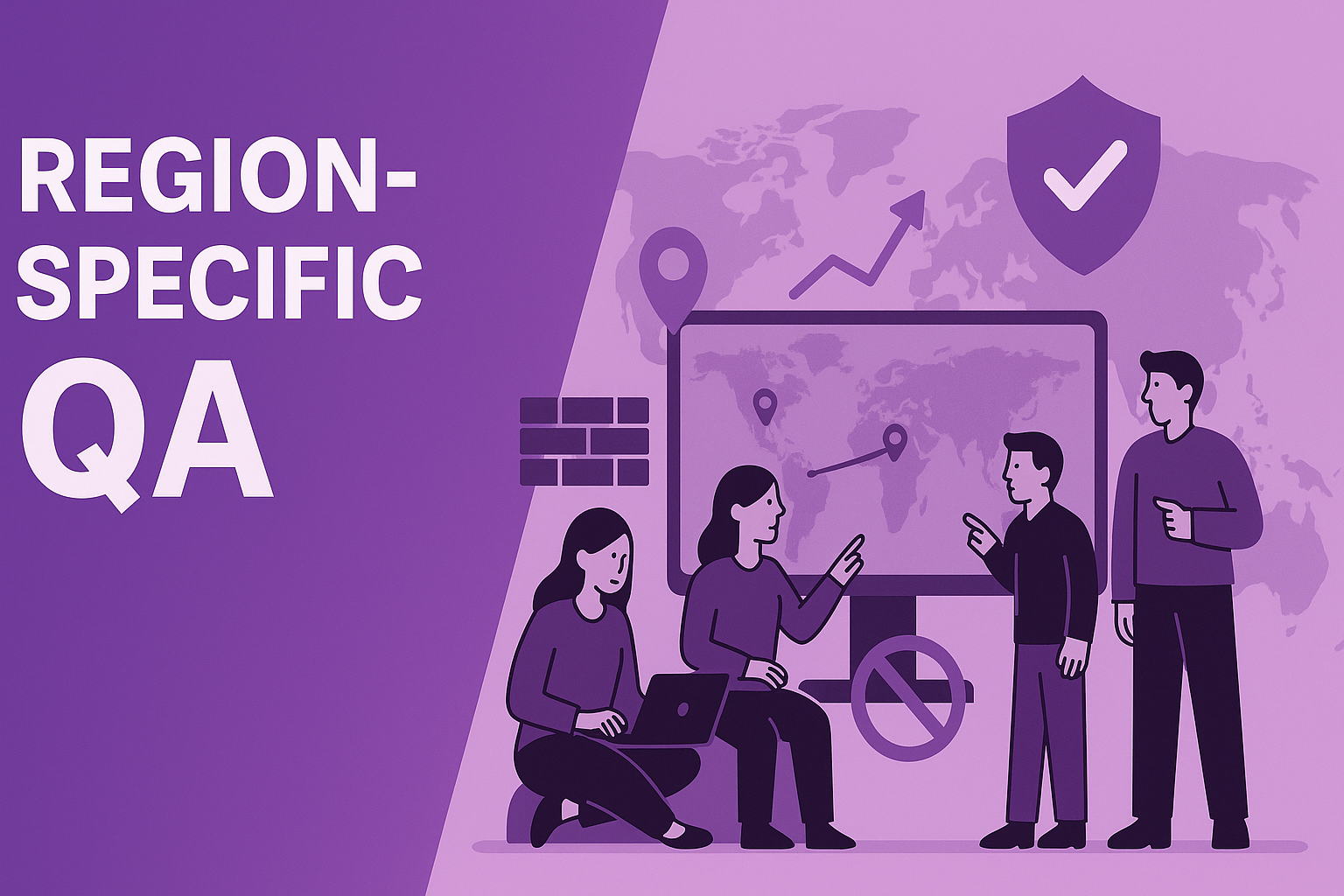What's the Difference Between Offshore and Nearshore Development?
Offshore development involves partnering with teams in distant countries (8+ hour timezone differences), typically offering the lowest hourly rates but with communication challenges.
Nearshore development partners you with teams in nearby countries (0-3 hour timezone differences), balancing cost savings with improved collaboration.
The key difference? Nearshore development prioritizes communication and cultural alignment, while offshore focuses primarily on cost reduction.
Offshore vs Nearshore: Cost Comparison
Offshore Development Costs
- Hourly Rates: $15-40/hour
- Hidden Costs: Extended timelines, management overhead, quality issues
- Best For: Large projects with stable requirements
Nearshore Development Investment
- Hourly Rates: $25-60/hour
- Value Benefits: Faster delivery, better communication, higher quality
- Best For: Complex projects requiring collaboration
When evaluating your complete software development outsourcing strategy, total project cost often matters more than hourly rates.
Communication and Collaboration: The Key Difference
Offshore Challenges
- Timezone Gaps: 8-12 hour differences limit real-time collaboration
- Cultural Barriers: Different business practices and communication styles
- Language Issues: Technical nuances often lost in translation
Nearshore Advantages
- Real-time Collaboration: Overlapping business hours enable immediate feedback
- Cultural Alignment: Similar business practices and work ethics
- Language Proficiency: Better English skills and Western business understanding
This communication advantage makes nearshore teams particularly effective for agile development methodologies that require frequent stakeholder interaction.
Quality and Technical Expertise Comparison
Both offshore vs nearshore models can deliver high-quality results, but the approaches differ:
Offshore Strengths:
- Large talent pools with diverse skills
- Established training programs
- Competitive pricing for specialized expertise
Nearshore Advantages:
- Higher education standards aligned with Western curricula
- Better understanding of Western market requirements
- More experience with modern development frameworks
Regardless of your choice, integrating comprehensive QA outsourcing ensures consistent quality standards across your development process.
Industry-Specific Recommendations
Choose Offshore Development For:
- Enterprise Projects: Well-defined, long-term initiatives
- Maintenance Work: Ongoing support with established processes
- Cost-Sensitive Projects: Budget optimization is primary concern
Choose Nearshore Development For:
- Startup Projects: Rapidly evolving requirements
- Custom Software: Complex applications requiring business understanding
- Innovation Projects: Cutting-edge technology requiring agile adaptation
Research shows that 80% of North American companies are now exploring nearshore development as a key strategy for executing critical projects across various industries.
Decision Framework: Offshore vs Nearshore
Ask yourself these key questions:
- Project Complexity: Do requirements change frequently?
- Communication Needs: How much stakeholder involvement is required?
- Timeline Pressure: Do you need rapid iterations and feedback?
- Budget Flexibility: Can you invest more upfront for faster delivery?
If you answered "yes" to 3+ questions, nearshore development typically delivers better results.
Why Bulgaria Represents the Best Nearshore Option
Bulgaria offers unique advantages for Western businesses:
- Timezone Alignment: Perfect overlap with European business hours
- Cultural Compatibility: Western business practices and work ethics
- Technical Excellence: Strong computer science education and EU quality standards
- Cost Efficiency: 40-50% cost savings compared to Western Europe
- English Proficiency: High-level communication skills
The global IT outsourcing market is expected to grow from $123.1B in 2024 to $171.5B by 2028, with nearshore development in Europe gaining significant traction among businesses seeking quality outcomes with minimal timezone complications.
Making Your Final Decision
The offshore vs nearshore choice ultimately depends on your project's specific needs:
Choose Offshore if you have:
- Well-defined requirements
- Flexible timelines
- Primary focus on cost reduction
- Minimal need for real-time collaboration
Choose Nearshore if you need:
- Frequent communication and collaboration
- Agile development approaches
- Faster time-to-market
- Higher quality standards





